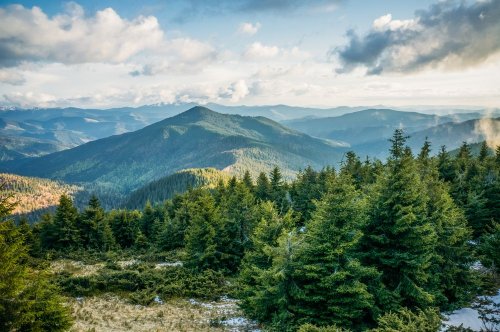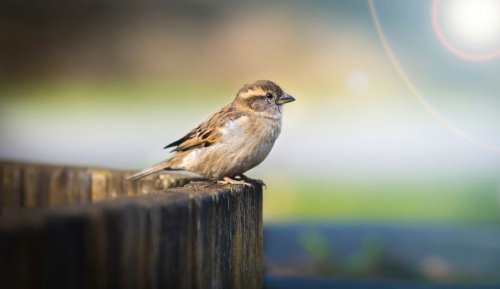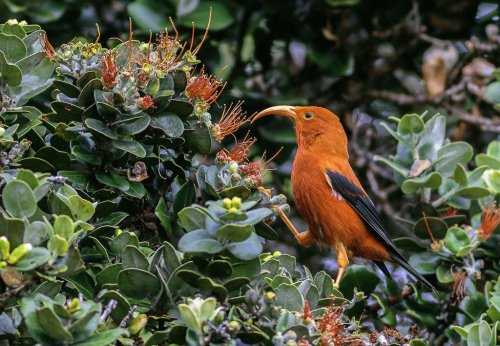The European Union took a step back on the conservation of ecosystems and biodiversity, which is one of the UN's Sustainable Development Goals.
This was reported by Reuters, citing a report by the statistical service of the European Union (Eurostat).
According to the study, the share of forests continues to grow, but at the same time the load on the ecosystem is increasing. The process is associated with the transformation of natural areas for human needs. The loss of the environment leads to a long-term reduction in the number of birds, butterflies and other creatures.
According to Eurostat, from 1990 to 2020, the overall bird index in the EU fell by 13.3%, and the number of birds living on agricultural land fell by almost 37%. Experts explained the process by reducing the available nesting sites due to agricultural activities.
In addition, from 1991 to 2018, the population of butterflies in 17 EU countries decreased by a quarter due to land use in rural areas.
Recall that the number of insects in some parts of the world has halved due to climate change and intensive agriculture.
Before EcoPolitics wrote what is meant by the concept "biological diversity", why it is important for our planet, what threatens it and how to save it.





